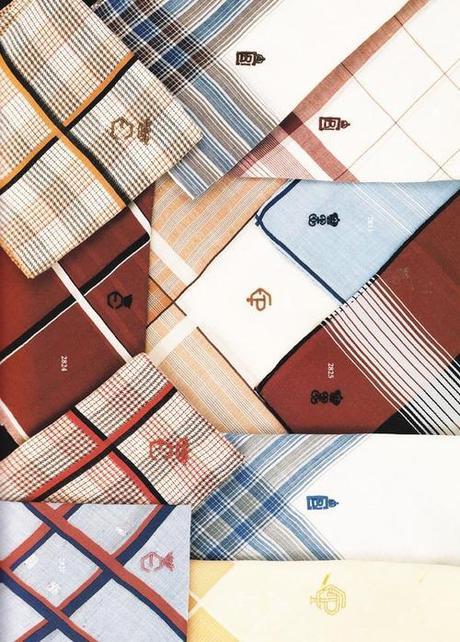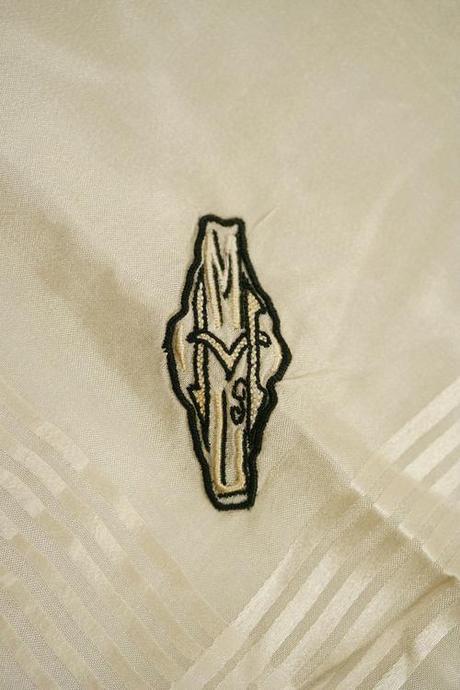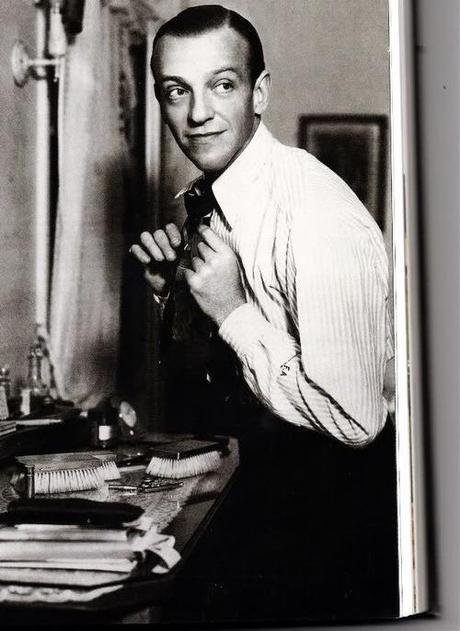
The topic of monograms recently came up on StyleForum. I don’t think anything gets men more riled up in any of the various men’s clothing forums than the question of whether someone should get three simple letters embroidered on a shirt. Most believe it to be in poor taste, and a not-so-subtle way of trying to project one’s own importance (or at least self-importance). Thus, men considering monograms should know: such a detail will be perceived negatively at worst and indifferently at best. No one will like it as much as you do, unless you happen to bump into another man with a monogrammed shirt, at which point I imagine the encounter would be somewhat awkward.
I’m personally not against monograms, but I do think they should be done according to some guidelines. First and foremost, they should be handsewn. Machined monograms look lifeless and tacky, and often come slightly too big. A handsewn monogram, however, has that kind of human quality that only good handsewing can exhibit, and it adds a touch of artisanal beauty to what presumably should also be a high-quality shirt. Nobody but the wearer will appreciate the handsewing, of course, but since monograms are only for the owner’s pleasure, one might as well make it beautiful. If you already have monogrammed shirts and can’t tell if the detail was handmade, just look at the back. Machined monograms will have a small fabric backing, while handsewn ones will not.
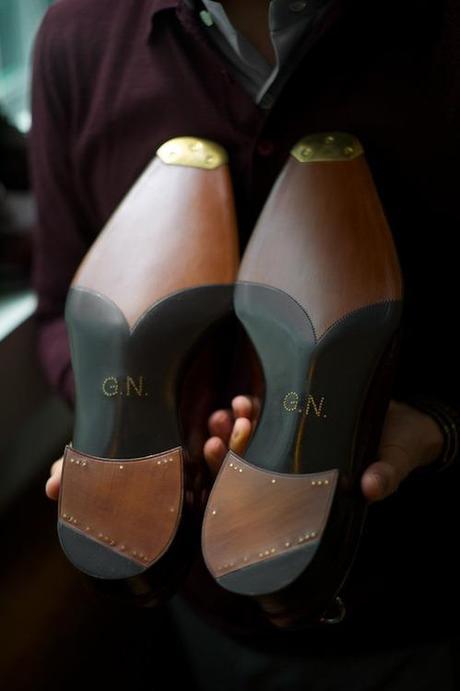
The other requisite is that they should be discrete. Obviously, a hidden monogram in this case is best, but if it must show, choose it in a place that might be covered up by your jacket, such as the near your rib. It would also be wise to insist that it be of a small size and made from a simple font. If you’d like to go one step further, get it made tone-on-tone (that is, from the same color thread as the shirt), so that it’s not too noticeable, or have it done on something like a Bengal stripe shirt, so that it doesn’t stick out too much.

You can also consider other monograms which, by virtue of where they’re placed, are less likely to be seen. Saint Crispin’s, for example, can put three initials into the waist of your shoe when you order a brand new pair (or send something in for a recrafting). Nobody would notice that unless you crossed your legs a certain way. Chester Mox can also put a monogram on any wallet for something around ten dollars. Considering that this goes in place of the company’s logo, I think it’s a nice way to both avoid branding and personalize something at the same time. Additionally, Grunwald sells beautiful Italian linen handkerchiefs, which you can request to have three or four letters put in. Handsewn, of course. Torsten, the company’s proprietor, kindly gifted me one some time ago, and I think the handwork is some of the most beautiful I’ve seen. Just make sure the initials don’t show when you stuff your handkerchief into your pocket.

Finally, for those who might have never have considered it, you could also order a pair of custom drawers and have a monogrammed discretely placed there. You laugh, but when I was last in Rome, I came across a tailor who sold beautiful pairs for not too much money. Looking back, I really regret not getting a few for myself. As my editor at StyleForum humorously put it, embroidered boxers are better than writing your name on the waistband with a sharpie. Very true.
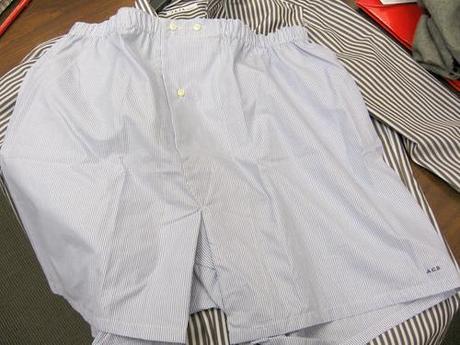
On that note, I leave you with this passage, which I’ve always found charming. Taken from W. Somerset Maugham’s The Razor’s Edge:
“We walked through the Place Vendôme and he asked if I would mind going in to Charvet’s for a moment; he had ordered some things and wanted to know if they were ready. It appeared that he was having some vests made, and some drawers, and he was having his initials embroidered on them. The vests had not come in yet, but the drawers were there and the shop assistant asked Elliott if he would like to see them. ‘I would’, he said, and when the man had gone to fetch them added to me: ‘I have them made to order on a pattern of my own’. They were brought, and to me, except that they were of silk, looked exactly like the drawers I had frequently bought for myself at Macy’s; but what caught my eye was that above the intertwined E. T. of the initials was a count’s crown. I did not say a word. ‘Very nice, very nice’ said Elliott. ‘Well, when the undershirts are ready you’ll send them along’. We left the shop and Elliott, as he walked away, turned to me with a smile. ‘Did you notice the crown? To tell you the truth, I’d forgotten about it when I asked you to come in to Charvet’s’.”
(Photos from Ethan Desu, The Journal of Style, Sean Hotchkiss, and Mister Crew)
